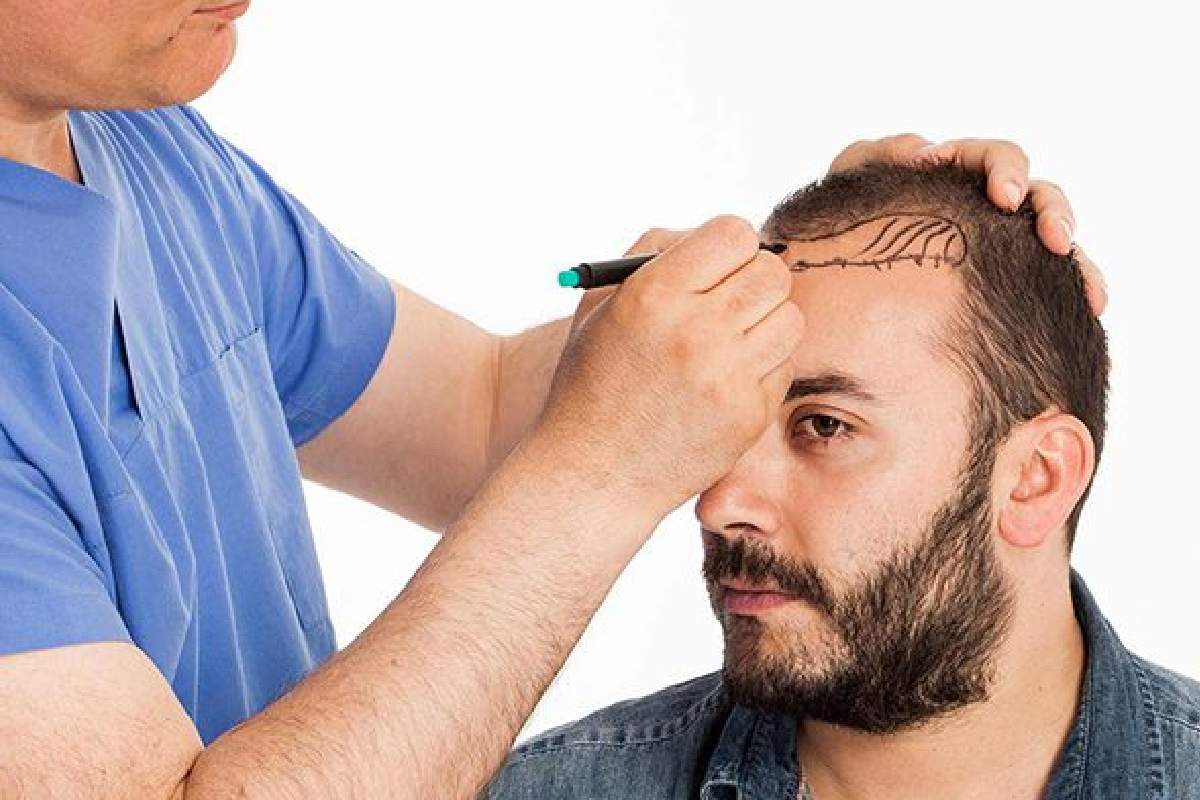Hair loss can affect anyone of any age, and it can be hard to overcome it. There are some natural remedies that people try like soaking their hair in egg whites or spraying rosemary water onto their roots. Other people might try prescribed medication to try and restore what they’ve lost, but some people go for a more permanent solution. Hair transplants are extremely popular and have been a favourite among celebrities for years now. Lots of countries also specialise in this procedure too. You could jet off to Turkey for a hair transplant and enjoy the sights and sounds as well as regain your gorgeous hair. Recently, there have been some advancements in the procedure that have only enhanced its success rate. So, keep reading to discover what advances have been made in the hair transplant procedure.
Table of Contents
NeoGraft Transplant
When a transplant is performed, either the follicles or strips of the scalp are removed using surgical tools to make an incision. However, there is a new technique called NeoGraft that uses an automated system to remove the follicles and it does so without cutting the skin. This technology uses suction to remove the individual follicles from the scalp, causing way less trauma to the delicate skin. This method also prevents scarring, making it a lot more appealing for those who wish to avoid it. It can also be done a lot quicker when using the NeoGraft technique as well, and with less trauma to the scalp, it should heal a lot faster too.
Robotic Techniques
The most recent advance in hair transplants is the use of robots. Developed only around a decade ago, robotic hair transplants can make the procedure a lot quicker and more accurate. Harvesting the hair follicles is one way that robotics has been used, which means the surgeon doesn’t need to perform this part of the procedure themselves. The other way it’s been used is to create a 3D model of the scalp, allowing the procedure to become way more visualised. Not all of the process can be completed by robotic technology, but it does help improve parts of it to encourage successful results.
Sapphire FUE
Typically, surgical steel instruments are used when performing a hair transplant, but there has been a new development that sees sapphire being used instead. A sapphire blade can provide a smoother, more precise cut into the scalp which is essential when performing the surgery. The sapphire blades also allow the surgeons to create smaller incisions into the scalp which can enhance the chance of the hair transplant being a success. Faster recovery and better end results are the top two benefits of using sapphire over steel, so if your surgeon advises this is what they use, it should boost your end results.
Direct Hair Implantation
Direct Hair Implantation (DHI) is the method of using the implanter pen to place the hair follicles into the scalp. Usually, the surgeon will need to follow a number of steps before planting the hair follicle, but with the pen, it can be done in just one. Forceps are normally used too, but the implanter pen allows them to forgo them and work a lot more efficiently. The procedure also takes less time when using the pen and gives the surgeons more control over the angle and position of the implantation. They don’t have to cut the scalp either, resulting in less trauma, a faster recovery, and hopefully better end results.
Hair transplants are going to be here to stay, as they can help people restore what they once thought was lost forever. Technology is only getting increasingly better as well, so we can expect to see more revolutionising techniques in the future. So, if you’re thinking of getting a hair transplant, be on the lookout for surgeons who use the latest techniques. You may end up with amazing results!

